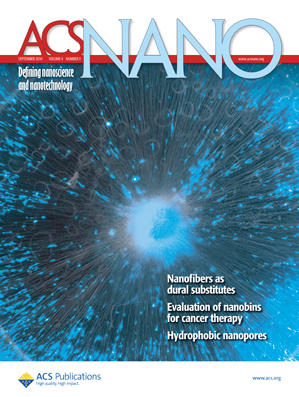Summary: Single-walled carbon nanotubes (SWNTs) have been previously observed to be strong antimicrobial agents, and SWNT coatings can significantly reduce biofilm formation. However, the SWNT antimicrobial mechanism is not fully understood. Previous studies on SWNT cytotoxicity have concluded that membrane stress (i.e., direct SWN–bacteria contact resulting in membrane perturbation and the release of intracellular contents) was the primary cause of cell death. Gene expression studies have indicated oxidative stress may be active, as well. Here, it is demonstrated for the first time how SWNT electronic structure (i.e., metallic versus semiconducting) is a key factor regulating SWNT antimicrobial activity. Experiments were performed with well-characterized SWNTs of similar length and diameter but varying fraction of metallic nanotubes. Loss of Escherichia coli viability was observed to increase with an increasing fraction of metallic SWNTs. Time-dependent cytotoxicity measurements indicated that in all cases the majority of the SWNT antimicrobial action occurs shortly after (<15 min) bacteria–SWNT contact. The SWNT toxicity mechanism was investigated by in vitro SWNT-mediated oxidation of glutathione, a common intracellular thiol that serves as an antioxidant and redox state mediator. The extent of glutathione oxidation was observed to increase with increasing fraction of metallic SWNTs, indicating an elevated role of oxidative stress. Scanning electron microscopy images of E. coli in contact with the SWNTs demonstrated electronic structure-dependent morphological changes consistent with cytotoxicity and glutathione oxidation results. A three-step SWNT antimicrobial mechanism is proposed involving (i) initial SWN–bacteria contact, (ii) perturbation of the cell membrane, and (iii) electronic structure-dependent bacterial oxidation.
Electronic-Structure-Dependent Bacterial Cytotoxicity of Single-Walled Carbon Nanotubes
